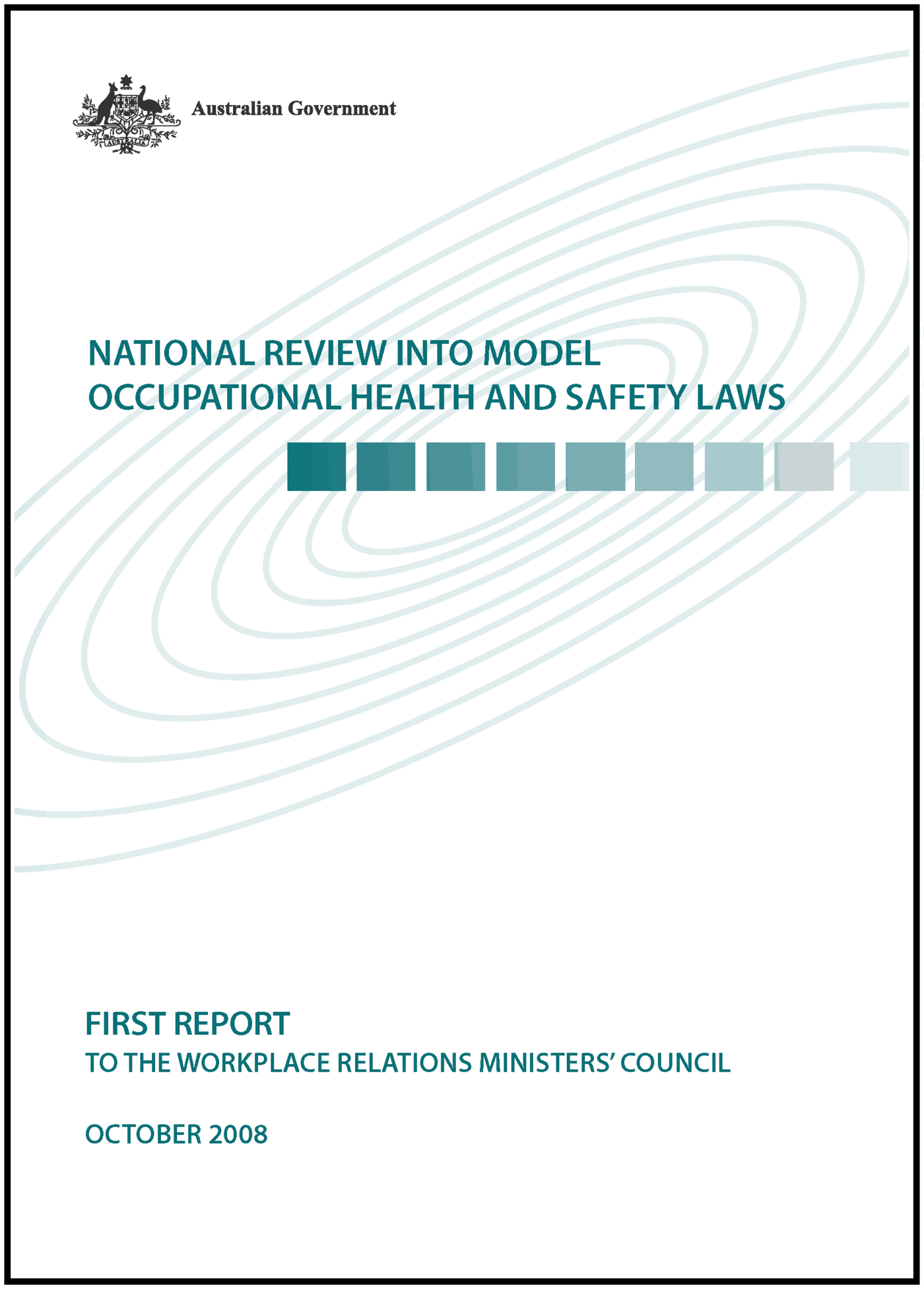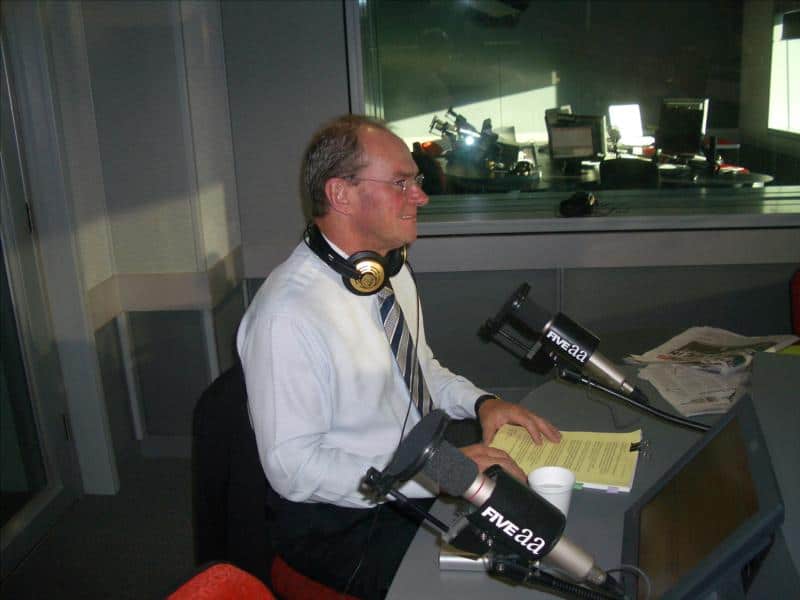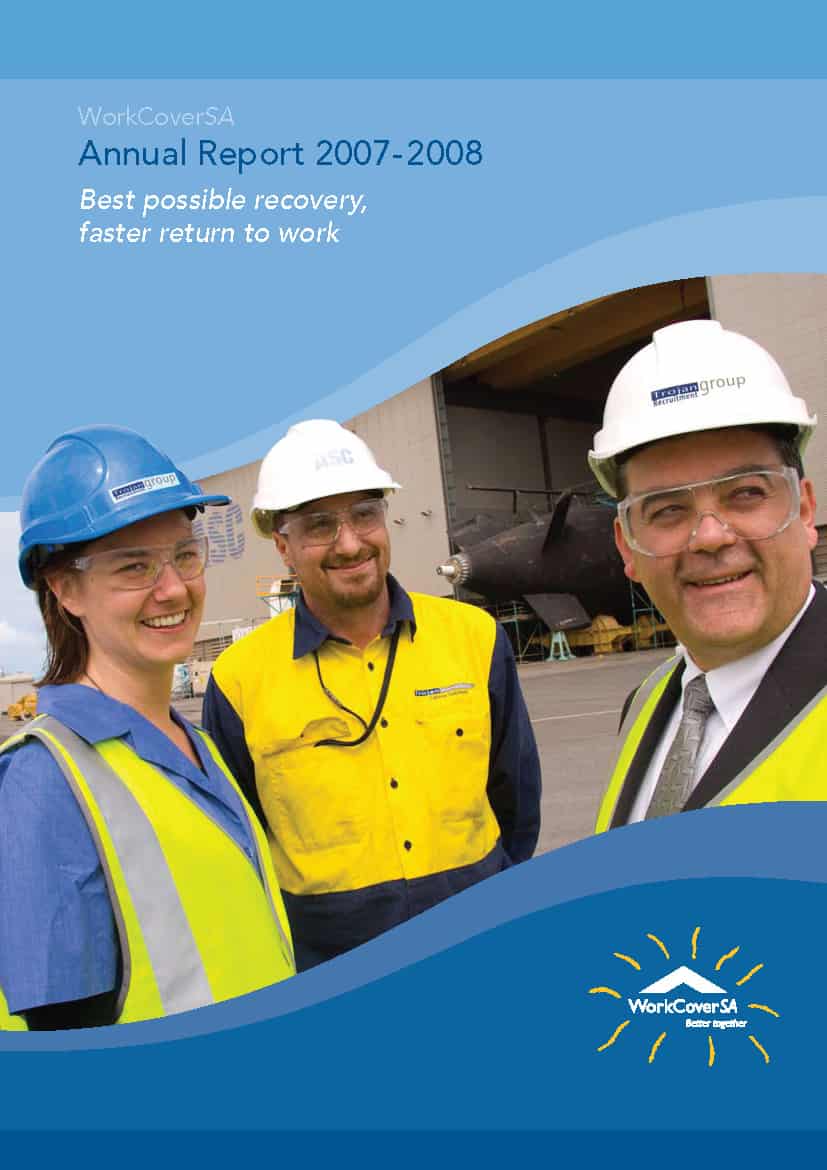According to today’s The Australian, Australian trade unions has “panned” the first report by the National OHS Law Review. Here is what the ACTU Assistant Secretary Geoff Fary said,

“We are pleased that the Panel Report has recognised that breaches of OH&S laws are criminal rather than civil matters. These recommendations are a step in the right direction, but need to go much further to protect working people by tightening up the rules on employers’ duty of care to their workforce.
“There is a real need to address the carnage that is taking place in workplaces by increasing fines and tightening up employers’ duty of care, but we are concerned that in NSW and QLD injured workers and their families will lose out because they already have laws that squarely put the onus of proof on employers when they allegedly breach the law.”
“Unions believe that the ability to fine companies a percentage of the turnover would be a better deterrent, because even a $3 million fine is a drop in the ocean for some big corporations. At the moment employers can get fined more for breaching trade practices law than for being found guilty of contributing to employees being killed or maimed in their workplace.
“The courts should also be encouraged to use the maximum penalties. At the moment they don’t.
“Unions will continue to campaign for laws that put an unqualified duty of care on employers to provide a healthy and safe workplace.”
For balance, below are the relevant statements from Mr Scott Barklamb, Director of Workplace Policy
with the Australian Chamber of Commerce & Industry:
“Whilst there is significant detail to be analysed across the report’s 75 separate recommendations, the review panel appears to have taken a sound approach on critical issues such as ensuring that the core safety obligation on employers is limited to doing that which is reasonably practicable, and that the prosecutor must bear the onus of proving any breach of OHS law beyond reasonable doubt.”
Michael Tooma, a partner with Australian law firm Deacons, was commenting on a survey that his firm undertook which indicated that the respondents would prefer a “clean sheet” approach to OHS regulations in this country rather than trying to reconcile laws from nine jurisdictions.
At this point in the review process, any change in direction is highly unlikely and may not fit with the Review Panel’s terms of reference. The risk in doubts about the process is that an unstable OHS legislative structure could be imposed on Australia that nobody will be happy with and, of course, longevity and continuing relevance is an important consideration in legislative development.
The cautious comments by Scott Barklamb are wise in that the really contentious elements of reform are due in the second report on broader OHS matters due in early 2008.





